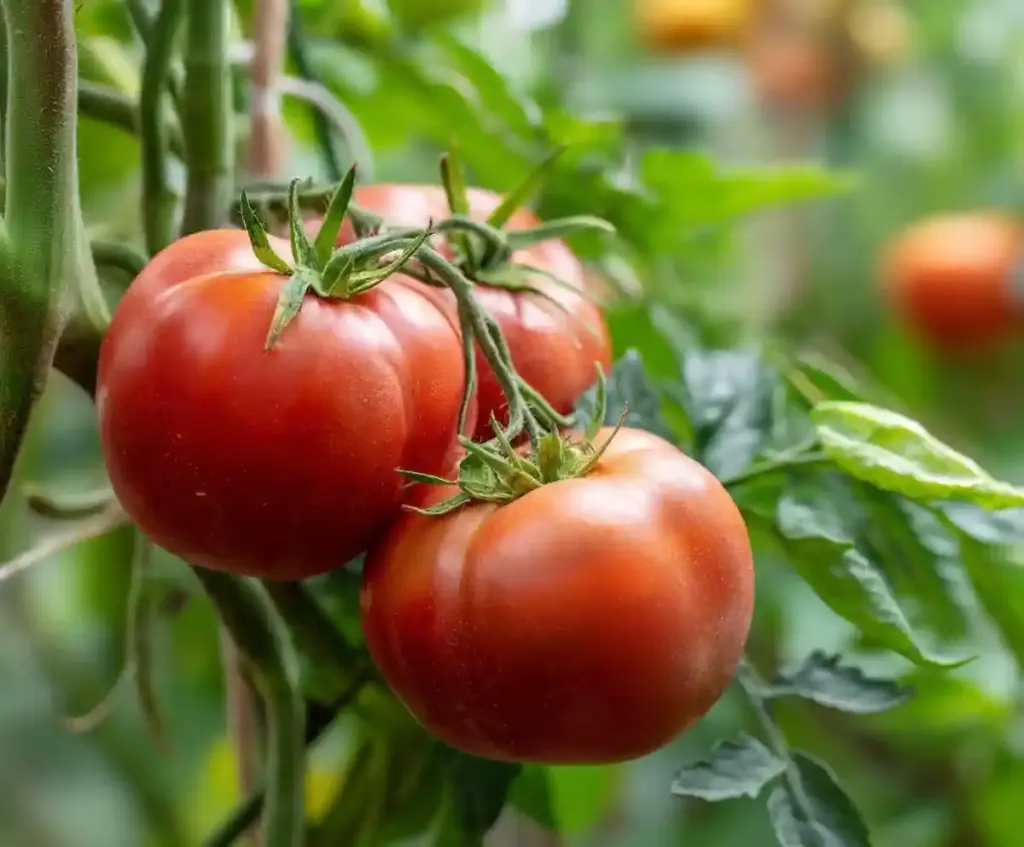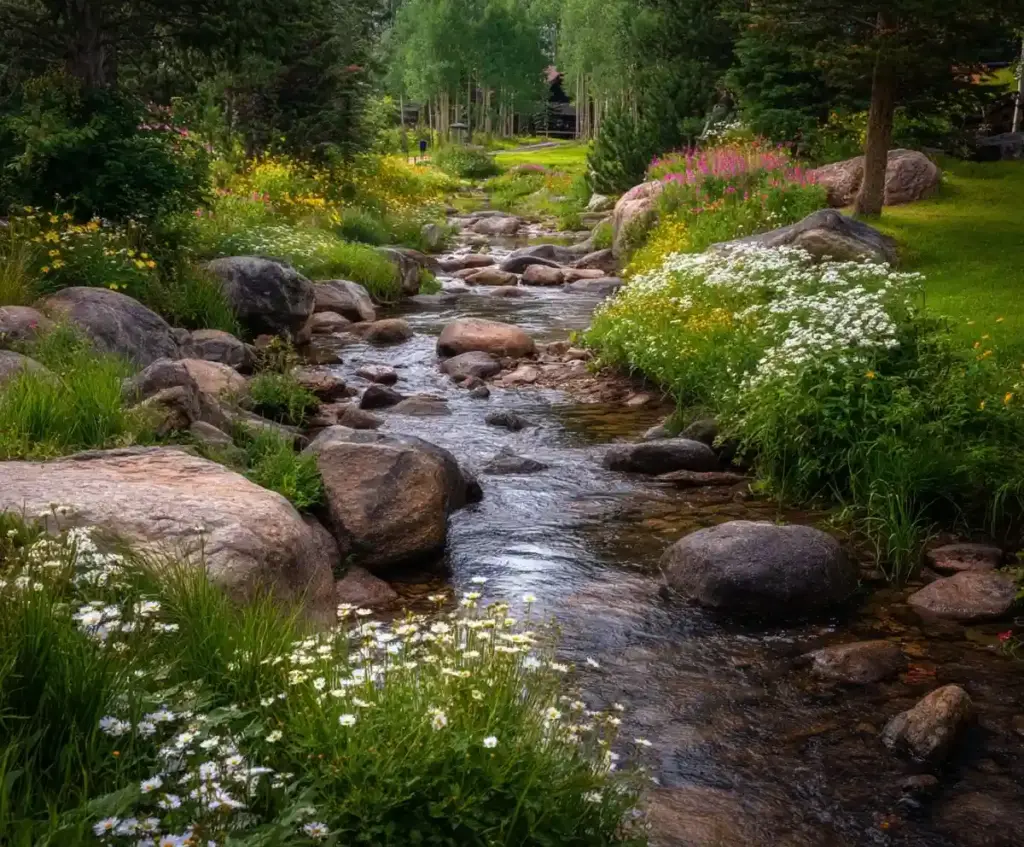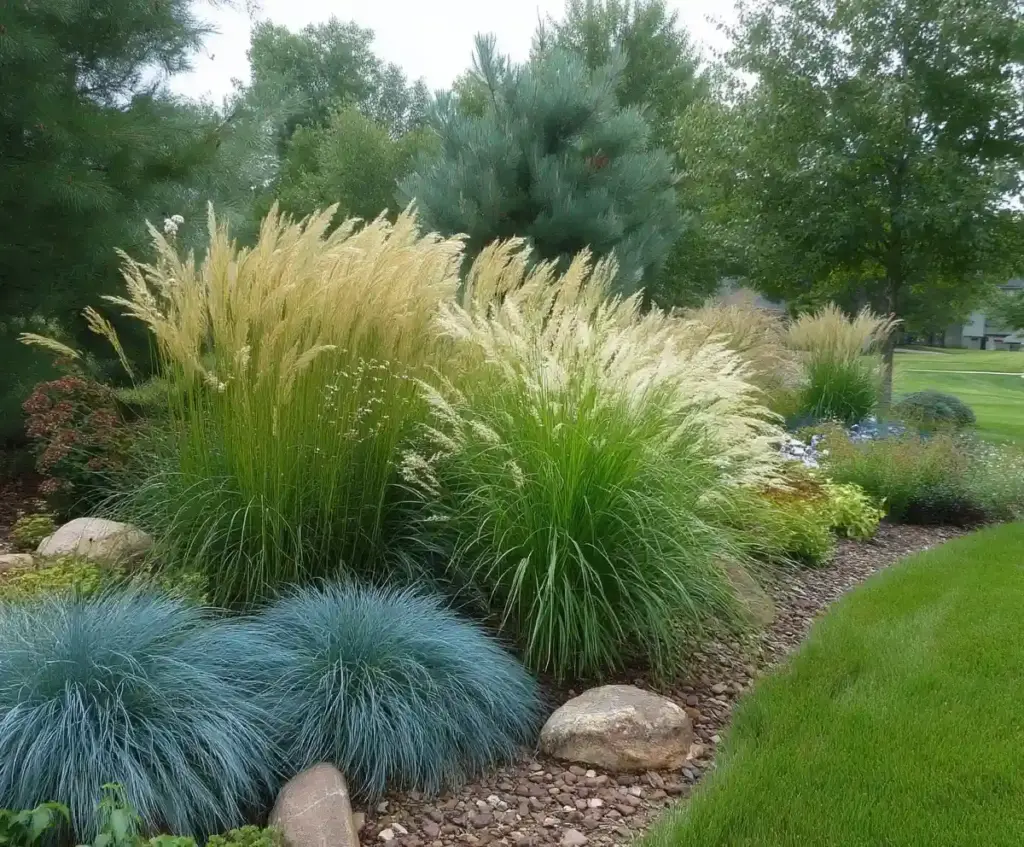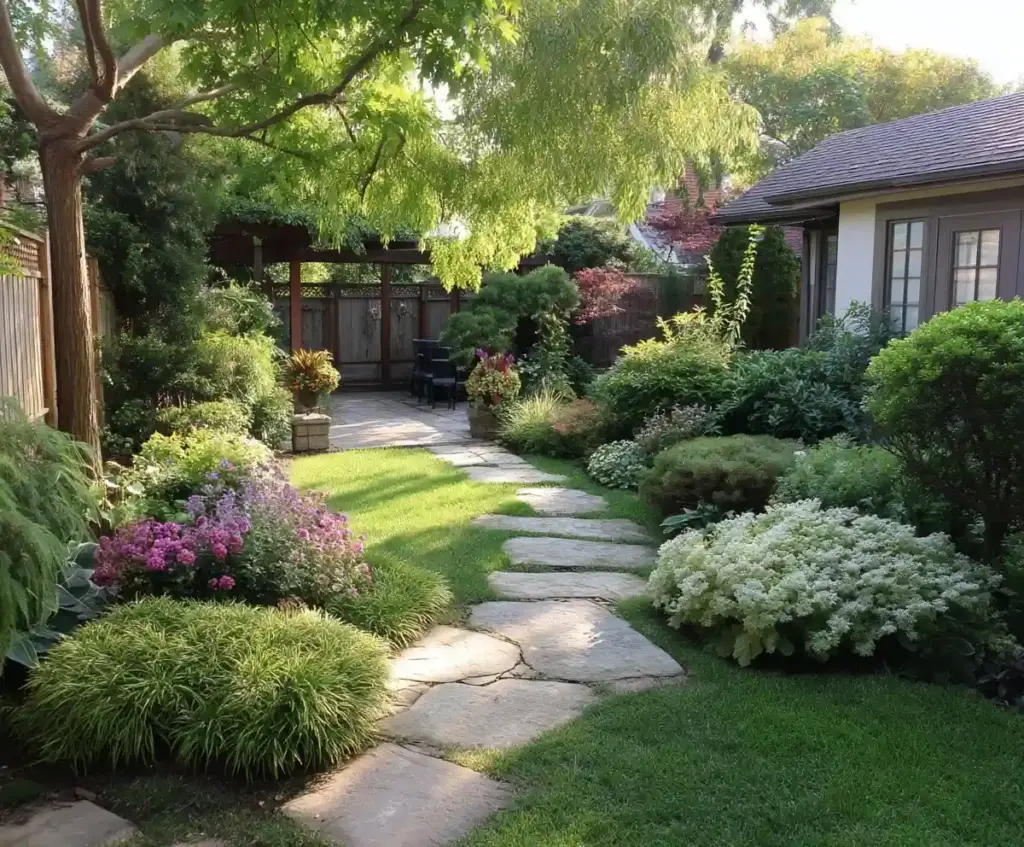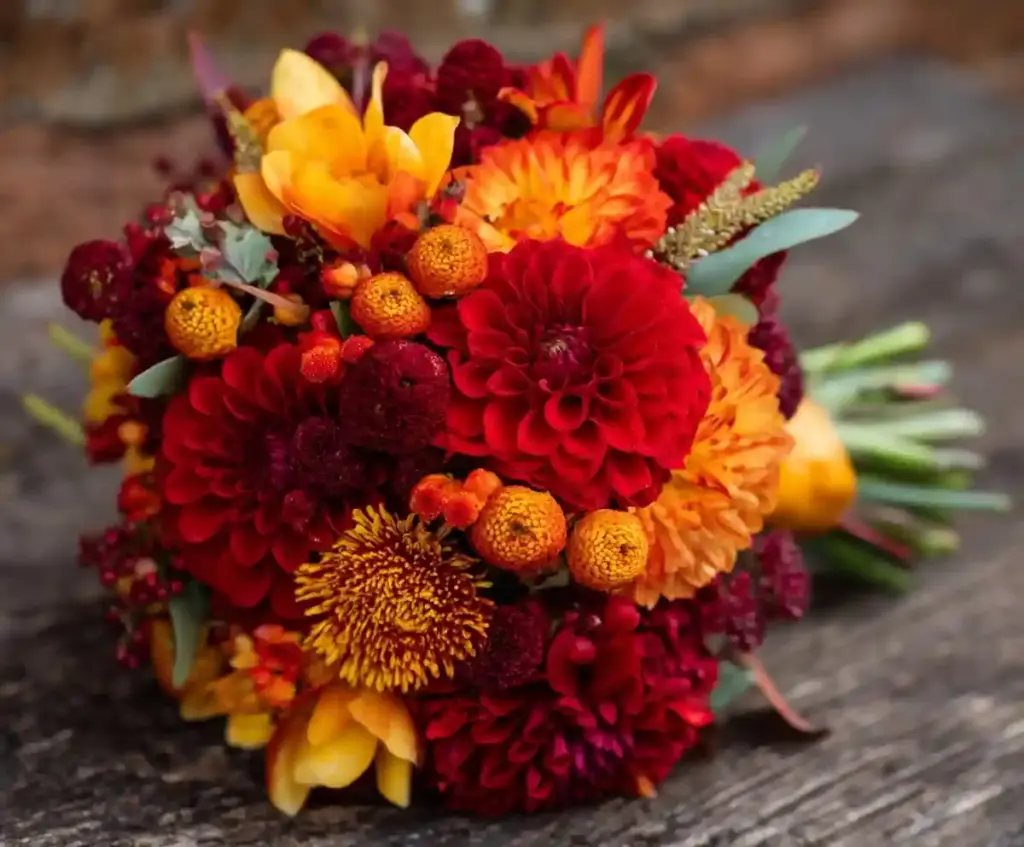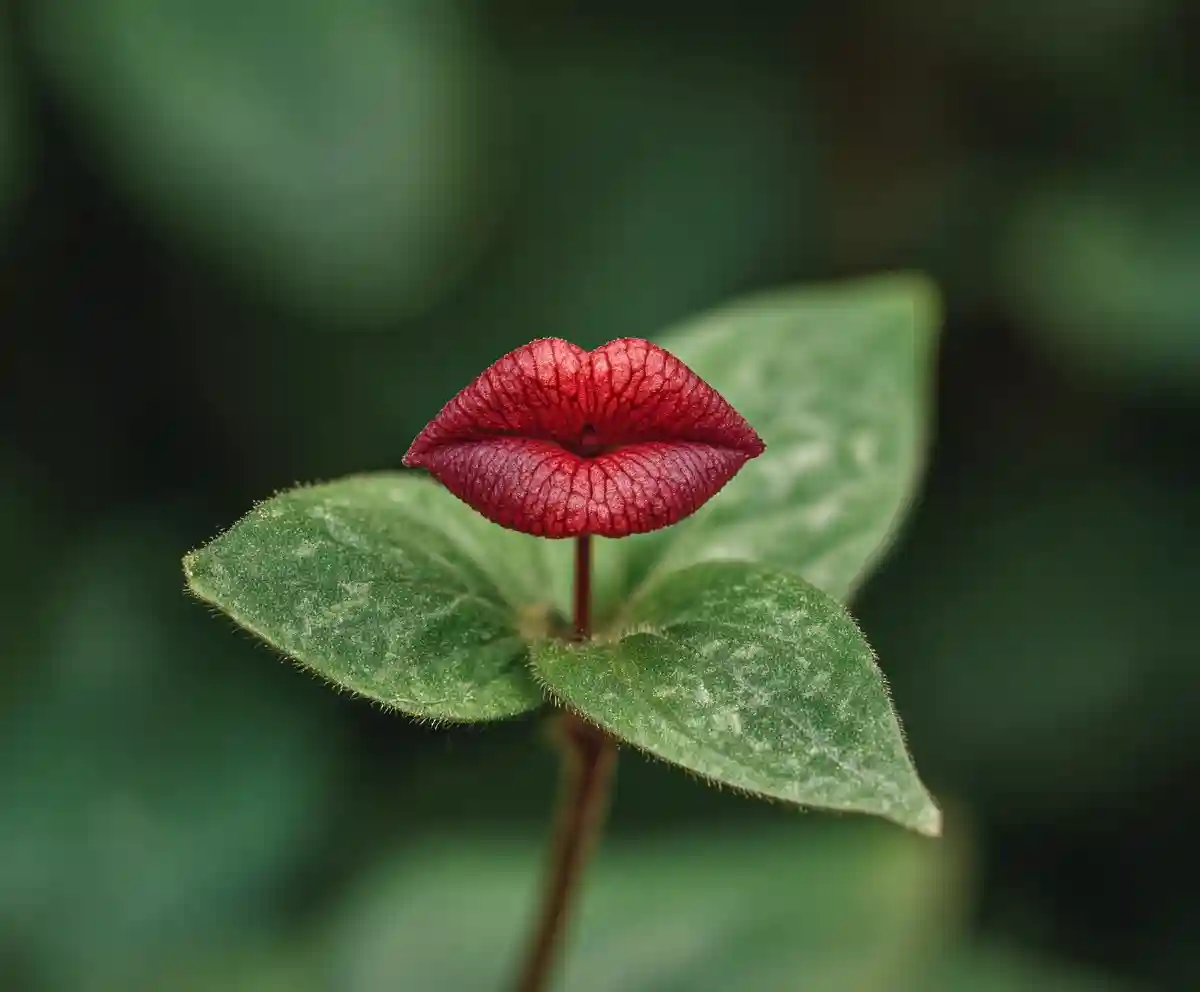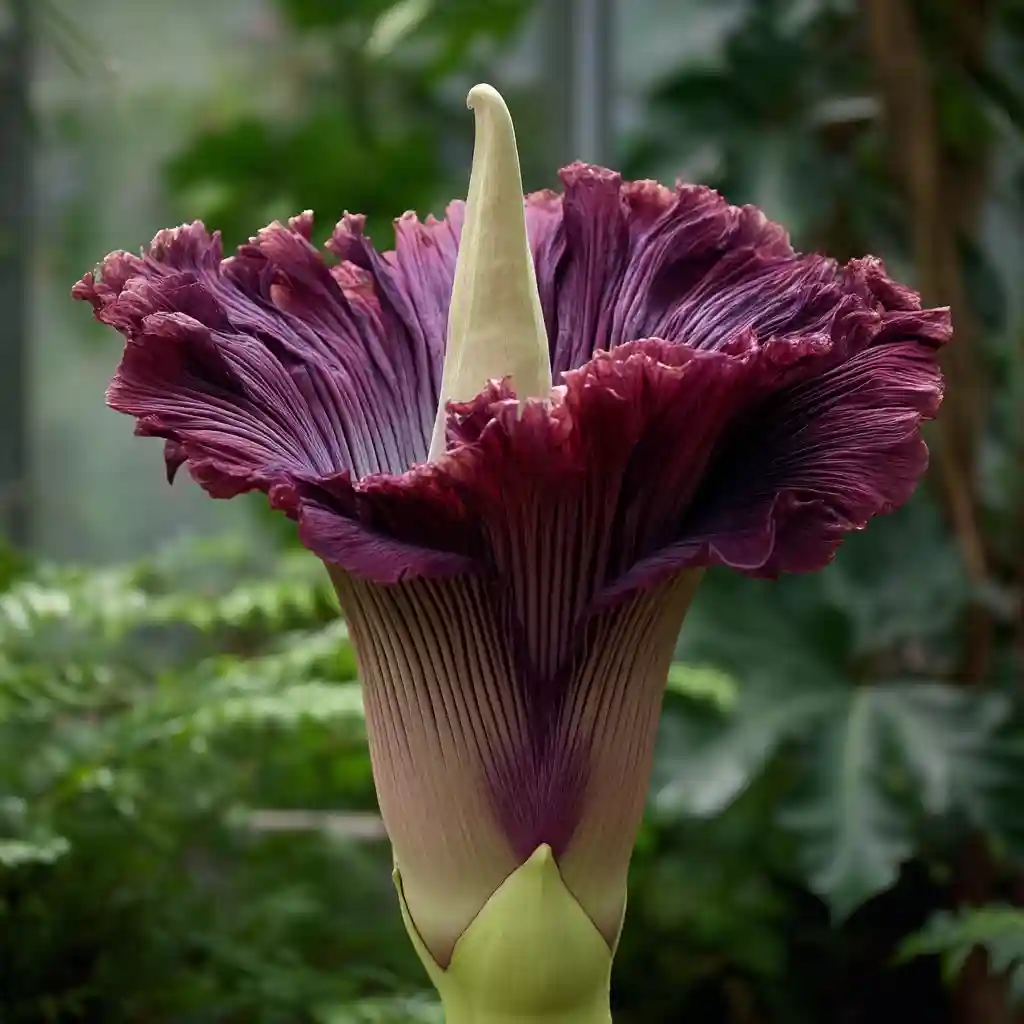Strange flowers are nature’s way of reminding us that beauty doesn’t always fit the mold of roses and tulips. Hidden in remote rainforests, tucked deep underground, or growing in the most unexpected corners of the world, these blooms challenge what we think flowers should look—or smell—like. Some mimic animals, others exude bizarre scents, and a few appear to have stepped straight out of a science fiction story. In this guide, we’ll meet six of the most unusual flowers on Earth, each with its own jaw-dropping twist.
Table of Contents
1. Corpse Flower (Amorphophallus titanum)
Towering up to 10 feet tall, the Corpse Flower is as impressive as it is infamous. Native to the rainforests of Sumatra and Indonesia, this rare bloom is best known for its pungent odor—often compared to rotting flesh. The smell isn’t accidental; it’s a clever survival tactic. By mimicking the scent of decay, the flower attracts carrion beetles and flesh flies, its primary pollinators.
Its massive central spike, or spadix, is surrounded by a deep red-purple petal-like structure called a spathe, giving it the unsettling look of a giant piece of decaying meat. Because it can take years—sometimes a decade—to bloom, catching sight (and smell) of a Corpse Flower in person is a once-in-a-lifetime experience for most people.
2. Hot Lips (Palicourea elata)
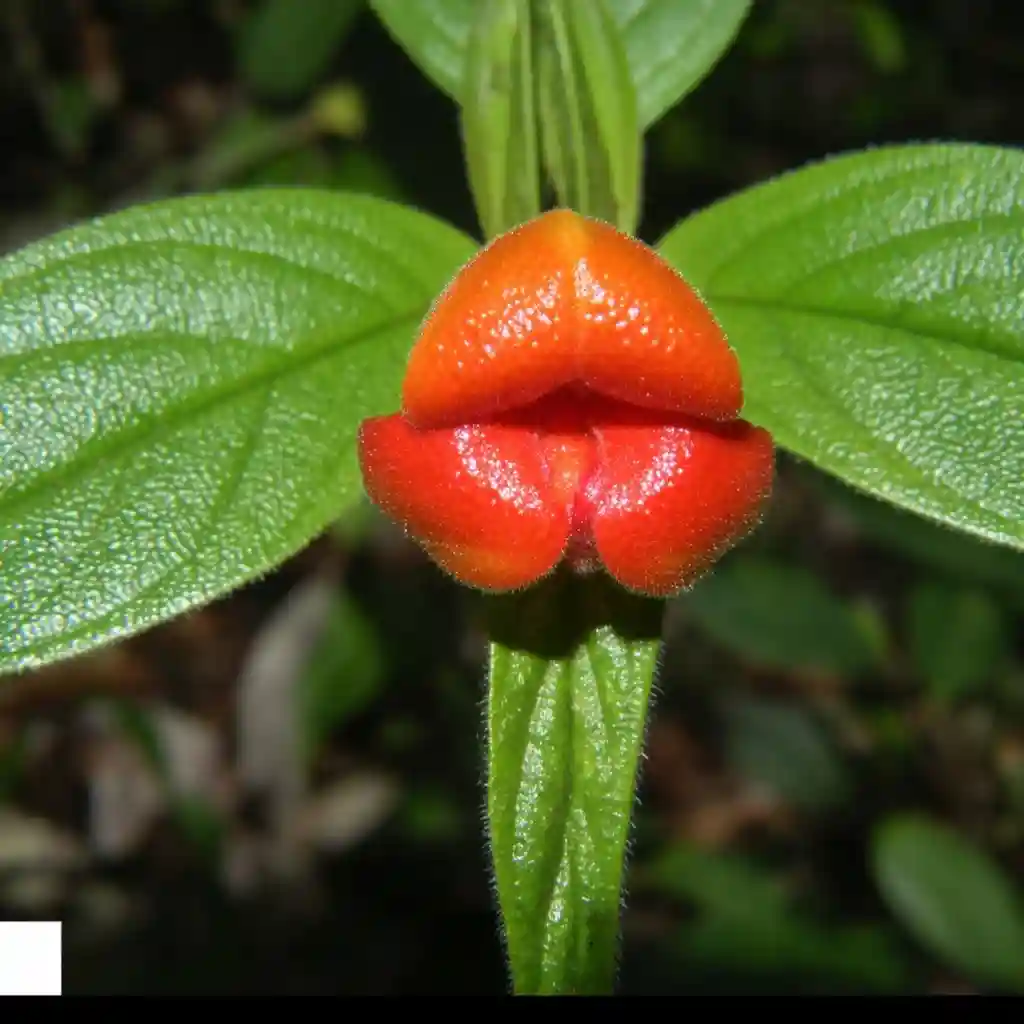
Looking like a bright red cartoon kiss, the Hot Lips plant is a tropical showstopper found in the rainforests of Central and South America. For most of the year, it appears as a fairly ordinary shrub, but between December and March, it transforms. Its upper leaves swell and turn a vivid scarlet, forming what looks like a pair of plump lips just before the real flowers emerge.
These “lips” aren’t for flirting—they’re nature’s billboard to pollinators. Hummingbirds, butterflies, and other nectar-seekers are drawn to the striking color, ensuring the plant gets the visitors it needs for pollination. This unusual adaptation makes the Hot Lips plant one of the most eye-catching examples of strange flowers in the wild.
3. Black Bat Flower (Tacca chantrieri)
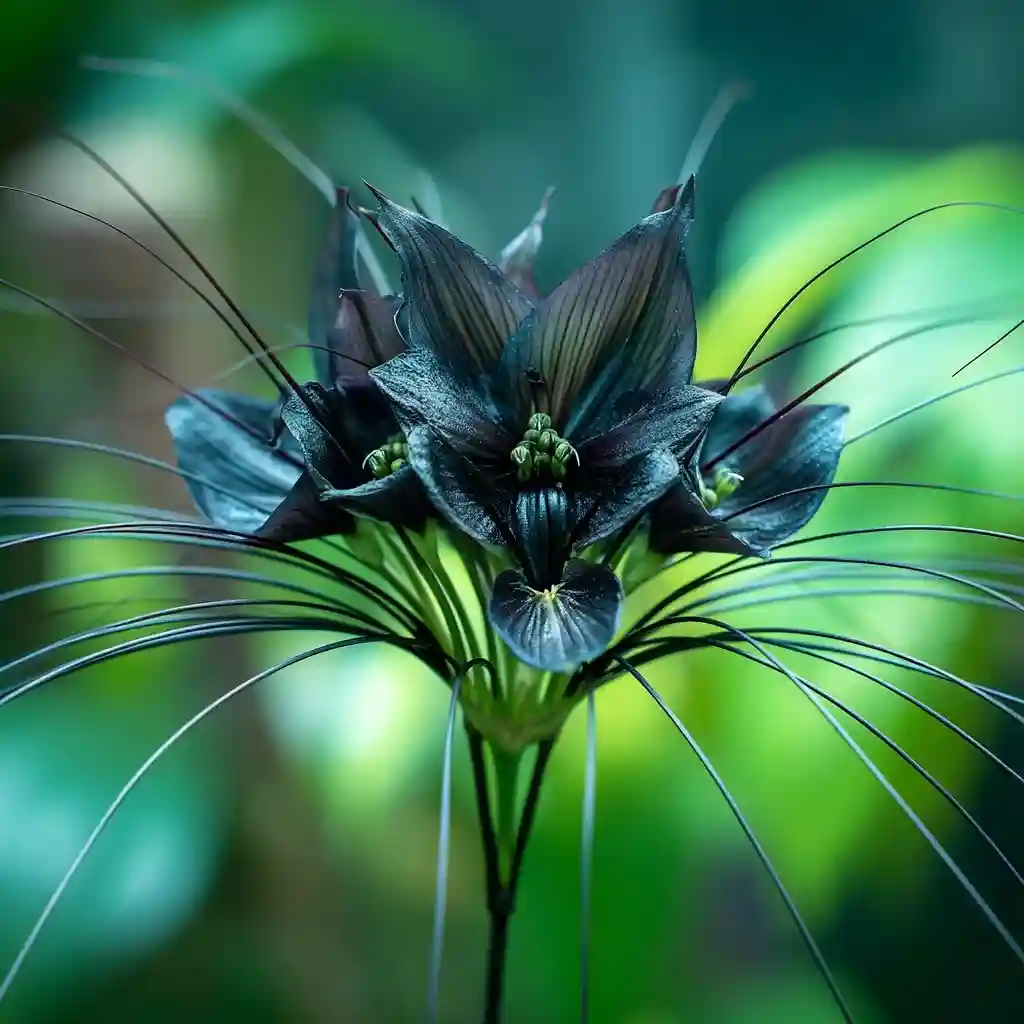
If flowers had a costume party, the Black Bat Flower would win best dressed. Native to Southeast Asia, this dramatic bloom features glossy black petals that fan out like bat wings, giving it an otherworldly presence. Dangling beneath the petals are thread-like green whiskers—technically called bracteoles—that can grow over two feet long.
Despite its spooky appearance, scientists are still unsure exactly why the plant has such unusual features. Some believe the whiskers may help with photosynthesis, while others think they might guide pollinators toward the flower’s center. Whether you’re a Halloween enthusiast or just a fan of nature’s oddities, the Black Bat Flower is a mysterious beauty in the world of strange flowers.
4. Naked Man Orchid (Orchis italica)
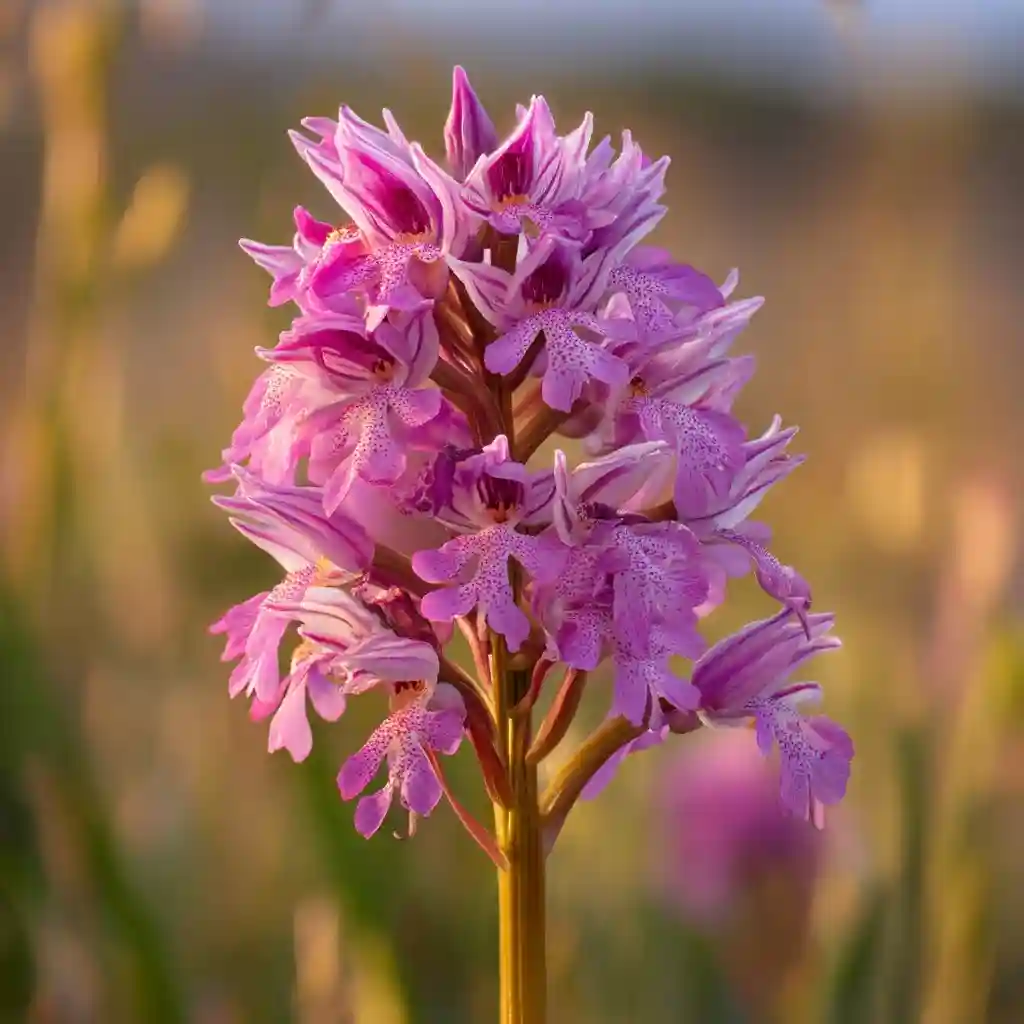
This cheeky bloom earns its name from the uncanny resemblance its petals bear to tiny human figures—complete with arms, legs, and even a little head. Found primarily in the Mediterranean, the Naked Man Orchid grows in clusters, so from a distance it looks like an entire crowd of miniature “naked men” waving from the stem.
Beyond its novelty, this orchid carries cultural significance. In parts of Italy, it’s been traditionally linked to vitality and masculinity, with folklore suggesting it can boost virility. Its soft pink and purple hues add to its charm, making it both a humorous and beautiful example of strange flowers that spark curiosity wherever they grow.
5. White Egret Orchid (Pecteilis radiata)
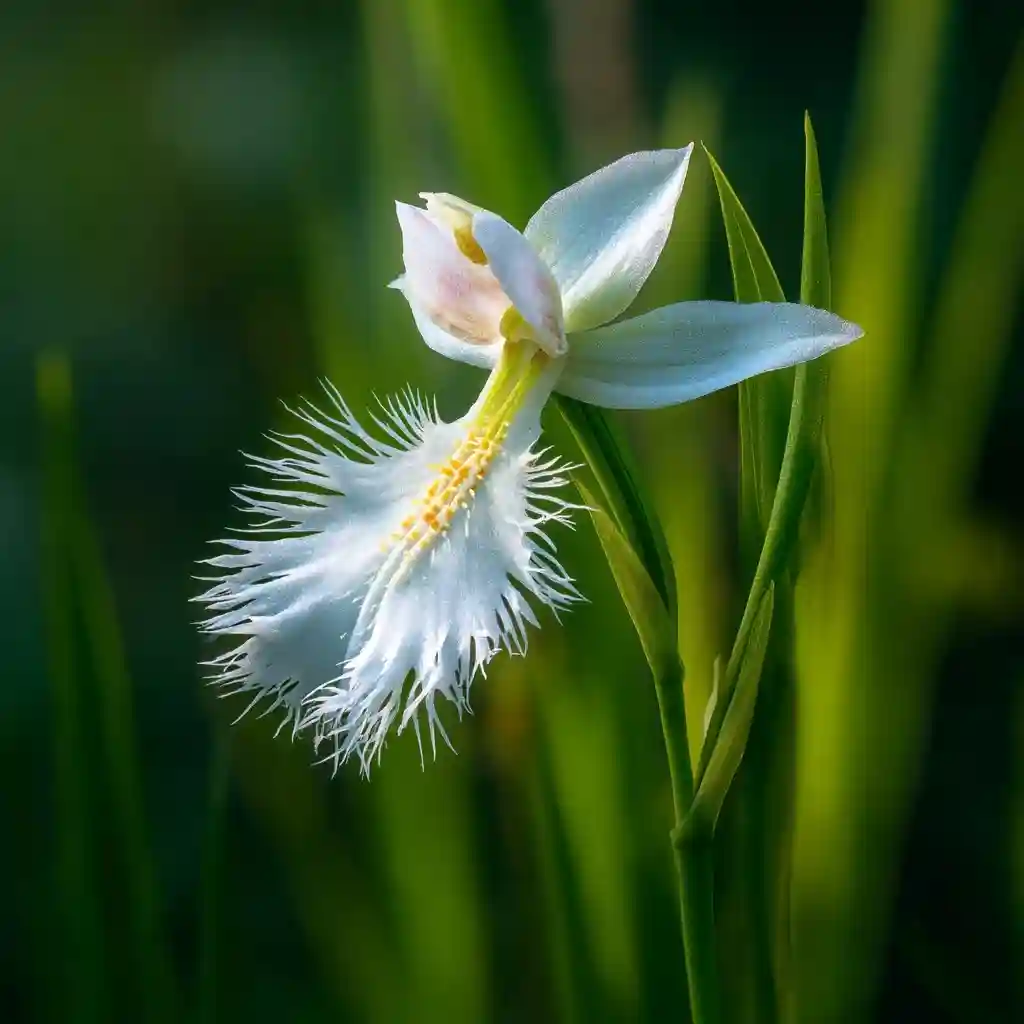
Delicate and graceful, the White Egret Orchid is a master of floral mimicry. Native to China, Japan, Korea, and parts of Russia, its fringed white petals fan out like the wings of a snowy egret mid-flight. Each bloom has intricate feather-like edges, adding to the illusion of a bird soaring through the air.
Despite its fragile appearance, this orchid is surprisingly hardy when given the right conditions—preferring moist, sunny habitats. Gardeners often prize it for its unique beauty, but its short flowering season makes each bloom a fleeting treasure. Among strange flowers, the White Egret Orchid stands out for its elegance rather than shock value.
6. Jackal Food (Hydnora africana)
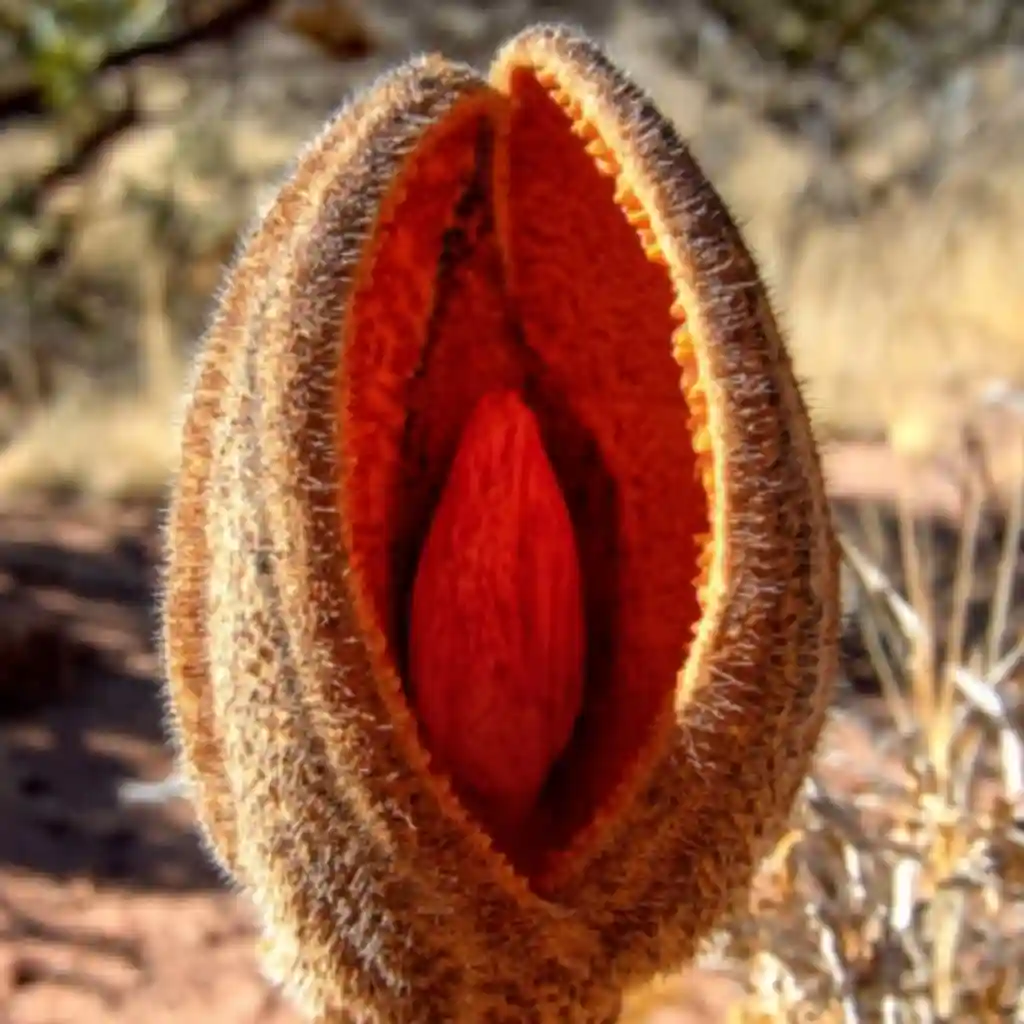
Creeping beneath the soil in the arid regions of Southern Africa, Jackal Food is as bizarre as it sounds. This parasitic plant spends most of its life hidden underground, feeding off the roots of other plants. When it finally surfaces, it reveals a large, fleshy flower that looks like it belongs in a science fiction monster movie—complete with a gaping mouth-like opening.
Its unusual structure isn’t just for show. The flower emits a strong, earthy odor that lures in beetles for pollination. Once inside, the insects become temporary guests until the plant releases them, dusted with pollen. Of all the strange flowers, Jackal Food may be the most unsettling—and the most fascinating.
Conclusion
From blooms that smell like rotting meat to petals shaped like birds, lips, or even tiny people, strange flowers prove that nature has a wild imagination. Each one has evolved unique features to survive—whether that means attracting the right pollinators, disguising itself, or thriving in harsh environments. They may not be the kind of flowers you’d find in a bouquet, but they’re unforgettable reminders of just how diverse and creative the plant world can be.
FAQ
1. What makes a flower “strange”?
A flower is considered strange when it has unusual shapes, colors, scents, or growth habits that set it apart from common garden varieties. This could be anything from petals that look like animals to odors that mimic rotting meat.
2. Can strange flowers be grown at home?
Some can, but many require very specific conditions, such as tropical humidity or specialized soil. Orchids like the White Egret Orchid are more manageable for dedicated gardeners, while plants like the Corpse Flower are challenging due to their size and blooming cycle.
3. Do strange flowers serve a purpose?
Absolutely. Their unusual traits often help them survive—attracting specific pollinators, deterring pests, or adapting to harsh environments. Even the weirdest-looking bloom has evolved for a reason.
4. Which strange flower is the rarest?
The Corpse Flower is among the rarest, as it can take up to a decade to bloom and grows only in select tropical regions. Its massive size and limited flowering window make sightings special events.
5. Are all strange flowers safe to touch or smell?
Not necessarily. While most are harmless, some can be toxic or have strong odors that may cause discomfort. It’s best to admire unusual blooms without handling them unless you’re certain they’re safe.
🌿 Love gardening inspiration? Follow me on Pinterest for bold plant ideas, tips, and seasonal color!
More Posts
